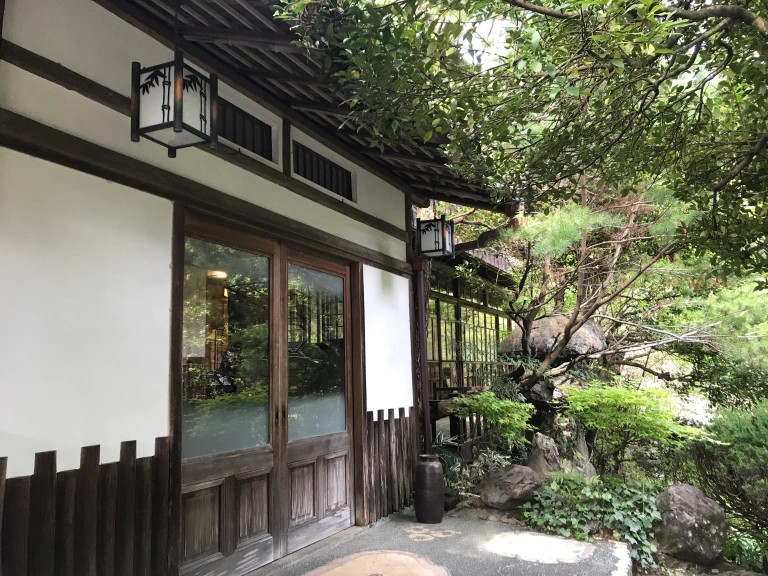
This registered tangible cultural asset is now closed to the public, which is an absolute shame.
In the town of Ome on the very northwestern fringe of Tokyo is an absolutely gorgeous place called Kajikaen. It’s an old ryokan, or Japanese inn, registered as a tangible cultural asset, that has been operating as an art museum for the last six years. Unfortunately, it closed its doors forever on April 16.
Our Japanese-language reporter Mariko Ohanabatake managed to visit it just before it closed and she can’t help feeling sad that it’s not available to the public anymore. She was so impressed with the space that she decided to document her tour so that some of its legacy could live on.
Ryokan-ken Shitsurei Bijutsukan Kajikaen, as it’s officially named (translated as Inn-building Traditional Room Art Gallery), was located right next to Mitake Station, which is close to Okutama, a beautiful hiking area in the northwestern fringe of Tokyo.
The trip from central Tokyo requires a transfer to the Ome Line at Ome Station, and from there the train passes through what feels like endless tunnels of greenery, offering occasional glimpses of a rushing mountain stream down lush cliffs, until finally you arrive at Mitake Station.
The area around the station afforded similar gorgeous views, surrounded by the vibrant greenery of nearby Mt. Mitake and the gently coursing flow of the Tama River. It had the kind of ephemeral natural beauty that you want to capture in a painting.
Mariko only had to walk one minute to Kajikaen, which sat on the banks of the Tamagawa River. Just from the outside, it looked like the kind of ryokan you’d find in exclusive locations out in the countryside, not right next to a station.
Kajikaen opened its doors as an inn and Japanese restaurant at the start of the Showa period in 1926. After the inn closed in 2017, the building turned into an art museum but maintained its original decor and design, displaying art within the beauty of traditional-style rooms.
The building itself was gorgeous. One would expect these kinds of elaborate designs in a tourist hotspot like Hakone, not in a more off-the-beaten-path spot like Okutama. It was said to have been built from a single cedar tree from Yakushima, and it was simply picturesque.
After paying the entry fee–a measly 800 yen (US$5.97)–Mariko was free to explore the building’s central rooms, banquet hall, and bathing rooms.
Everything seemed meticulously designed, making the inn itself a work of art. The construction was something of a relic; apparently, no plasterers in today’s day and age know the techniques used to build this inn, so no one could build another one like it today. No wonder it had been registered as a tangible cultural asset.
And of course, the interior wasn’t the only beauty to be seen. The views of Mt. Mitake and the Tamagawa River were to die for.
It was obvious that the original designer had carefully calculated how best to design the windows to take advantage of these views.
Some of the nature had been brought inside, as well. For example, the tokonoma, or alcoves for displaying art, also had fresh, seasonal flowers on display.
Beautiful art and furnishings decorated each of the rooms and the corridors. They all seemed like precious pieces, but were openly on display, unprotected by glass cases or divisional barriers.
What’s more, on closer look, many of the artworks were by extremely famous Edo-and-Meiji-era Japanese artists, like Maruyama Okyo, Ike no Taiga, and Hishikawa Moronobu. Mariko assumed they must be worth an absolute fortune.
The main hall was especially impressive. She couldn’t possibly fathom how much that room was worth.
Each of the works of art also had hand-written descriptions by the museum’s owner, and reference books on art were also available to browse. Everything, from the interior to the art and the scenery outside, was tastefully displayed. Mariko couldn’t help thinking that a visit to this place was worth far more than just 800 yen!
The ryokan, when it was in operation, had been the type of place where eminent guests lodged, and in the passageway leading between buildings, Mariko found autographs of famous actors and film directors. In the main hall, a poem written by the last emperor of China when he and his family came to stay at Kajikaen, was also on display.
Despite being equal parts architecture, nature, and art, Kajikaen has maintained an inconspicuous existence since its founding as a museum, open to the public but seemingly overlooked. It was a shame, because the space was understatedly luxurious.
It would be nice to think that, since the building is a tangible cultural asset registered with the country, it would never be torn down. But even if it remained standing, without someone to keep up with the care of the facility, it’ll fall into ruin. Beyond that, the building is, without a doubt, full of the character and sense of the owner, much of which might be lost in their absence, so the closing of this special place is doubly a shame.
Sadly, despite its amazing features, Kajikaen has hardly left a mark on the Internet; for example, it only has 31 reviews on Google Maps. When Mariko asked the owner about this, they responded, “Well, it’s going to close soon, so it doesn’t really matter.” Mariko felt so impassioned that she actually implored them to consider doing something, if only to leave a record of their amazing facility behind after it closed to the public. It might have been a bit silly to do something so unrefined in such a refined place, but Mariko thought it necessary to preserve this special slice of 20th century Japanese culture.
Sadly, Kajikaen is now closed and visitors may no longer explore its traditional-style rooms, beautiful old art, and relaxing atmosphere. But if you’re looking for more cultural assets to explore in the Tokyo area, you can still check Japan’s oldest beer hall, as well as as a 90-year-old traditional event space.
● Want to hear about SoraNews24’s latest articles as soon as they’re published? Follow us on Facebook and Twitter!

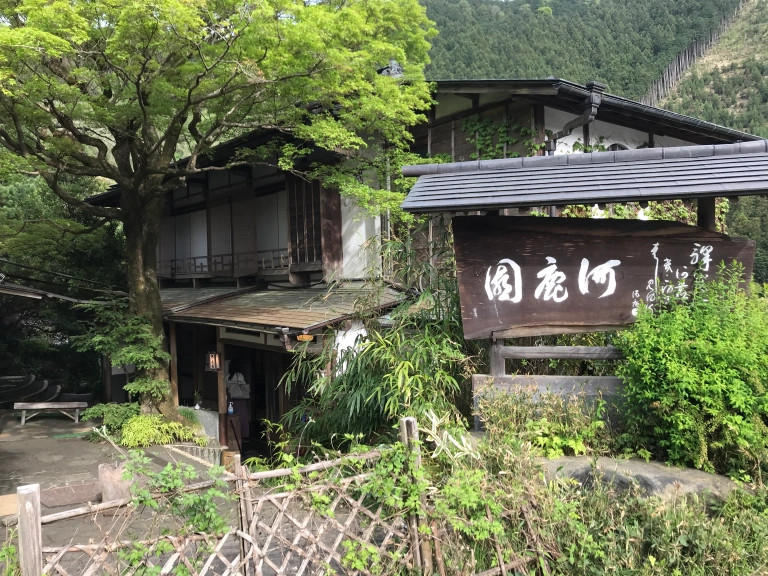
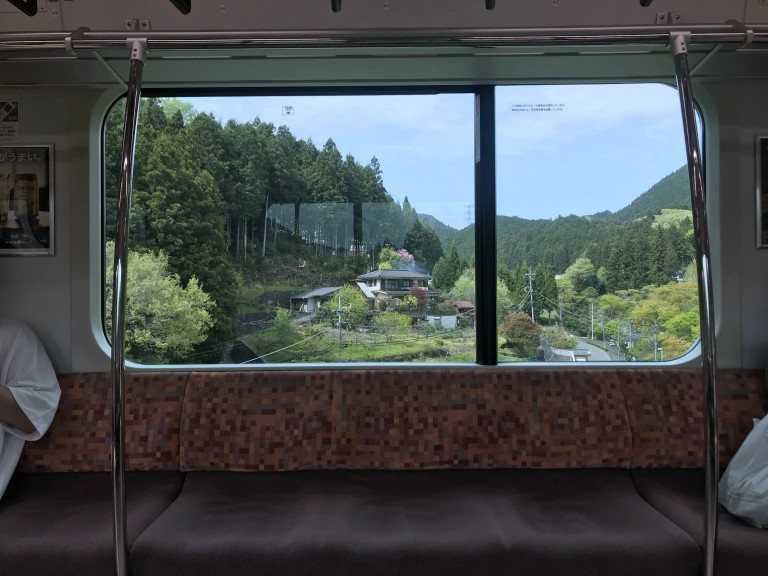
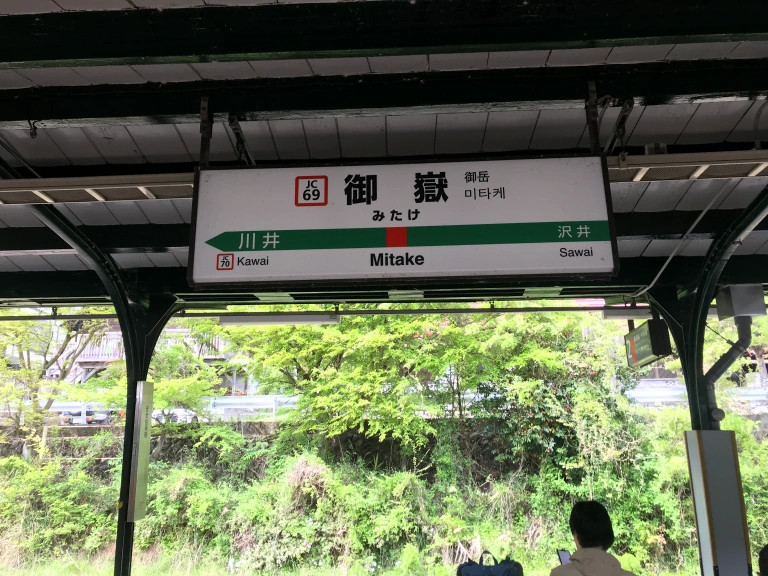
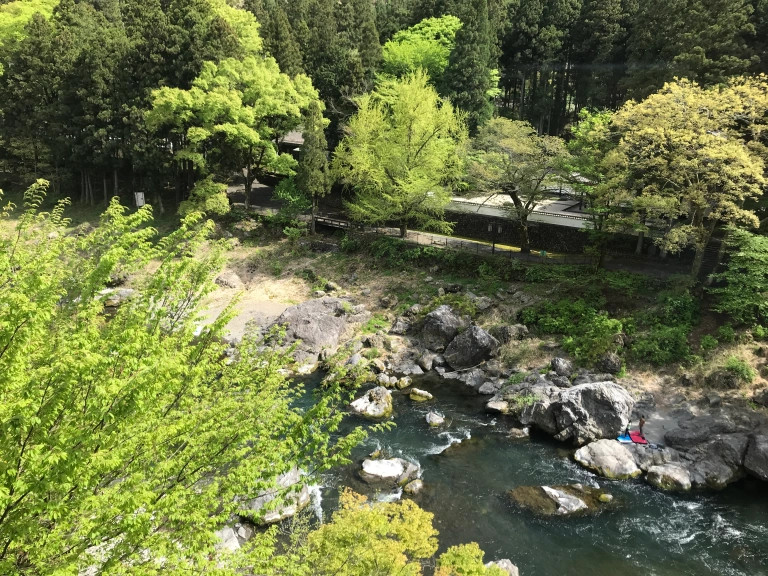
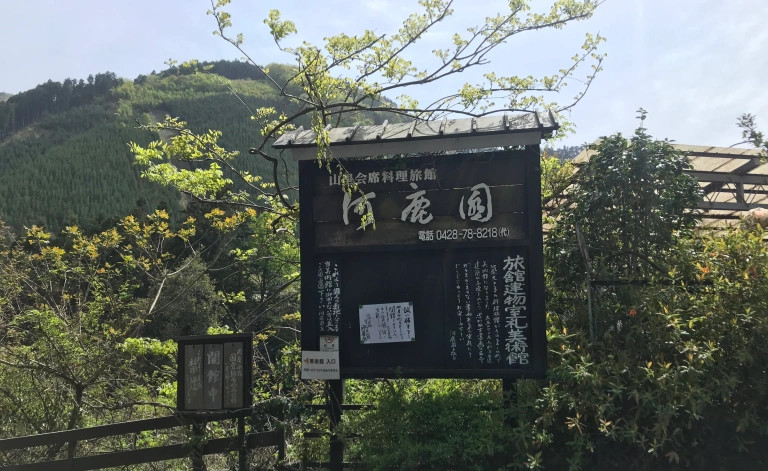
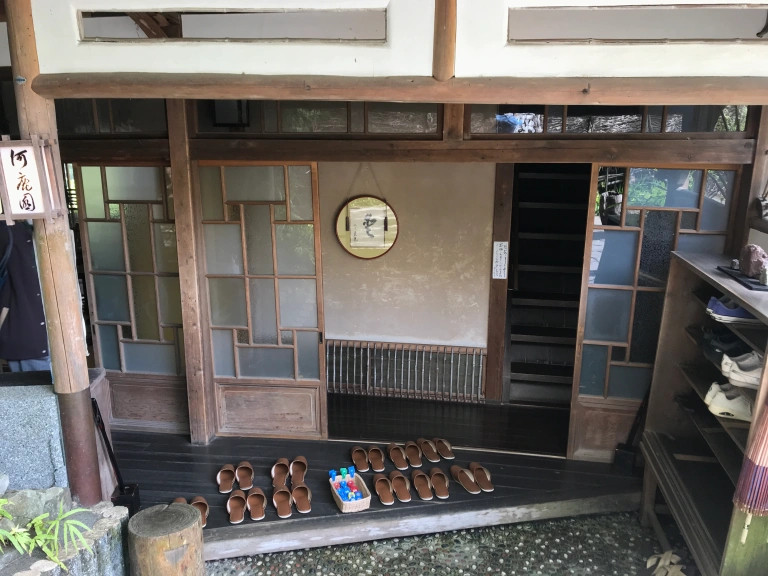
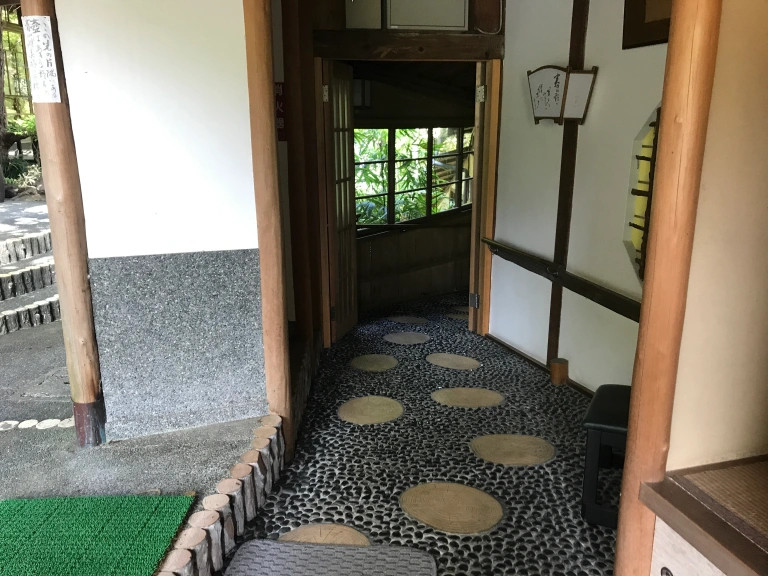
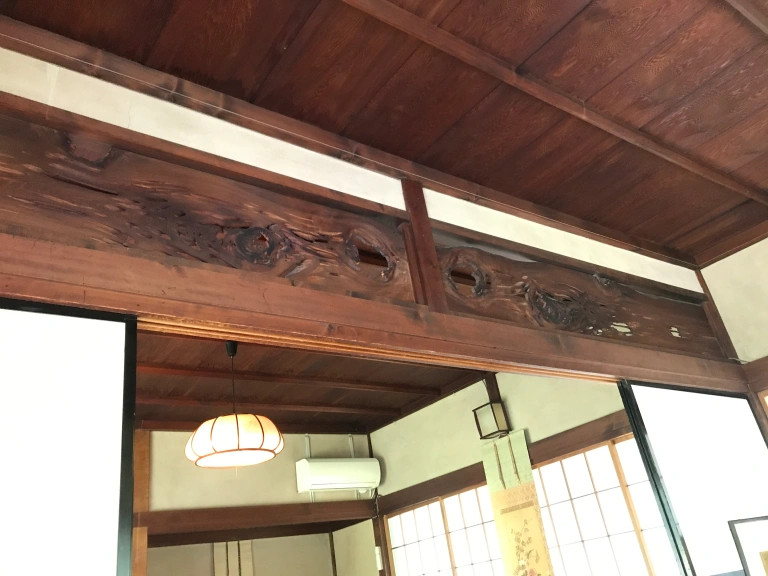

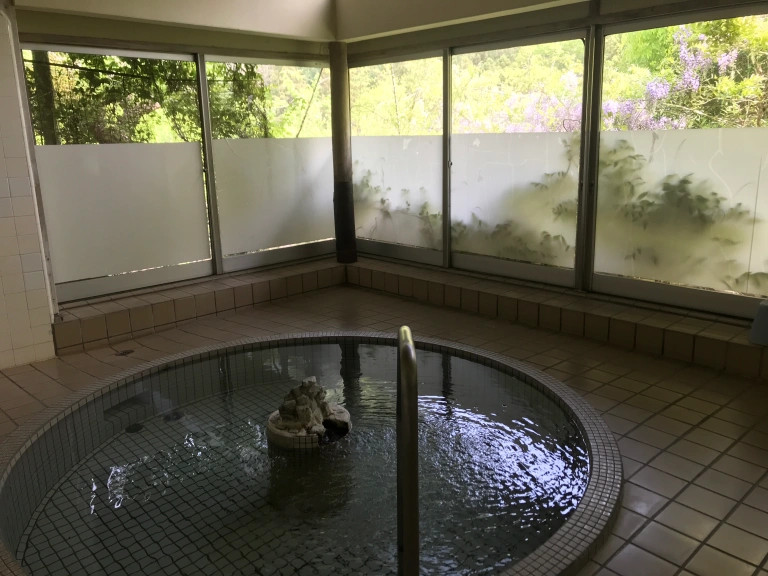
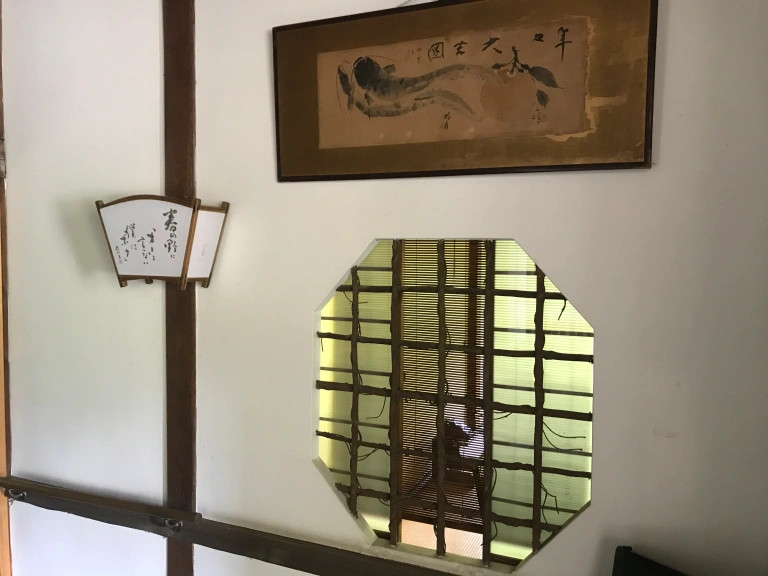
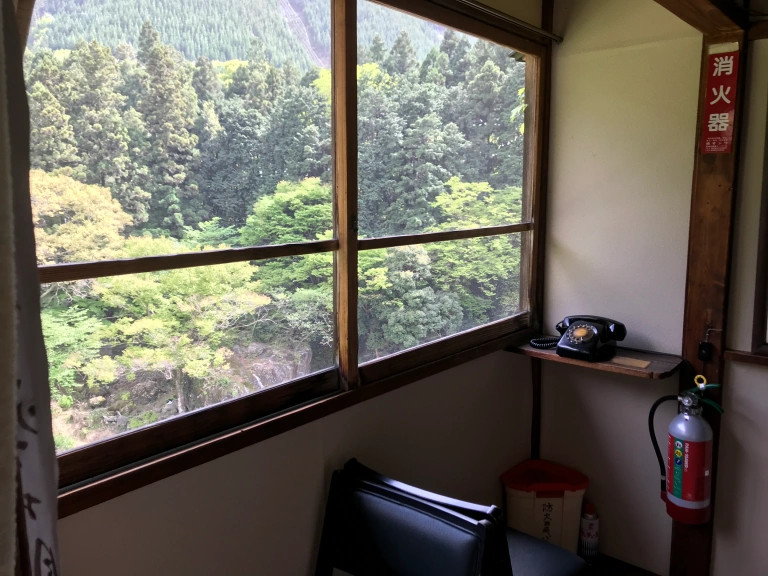
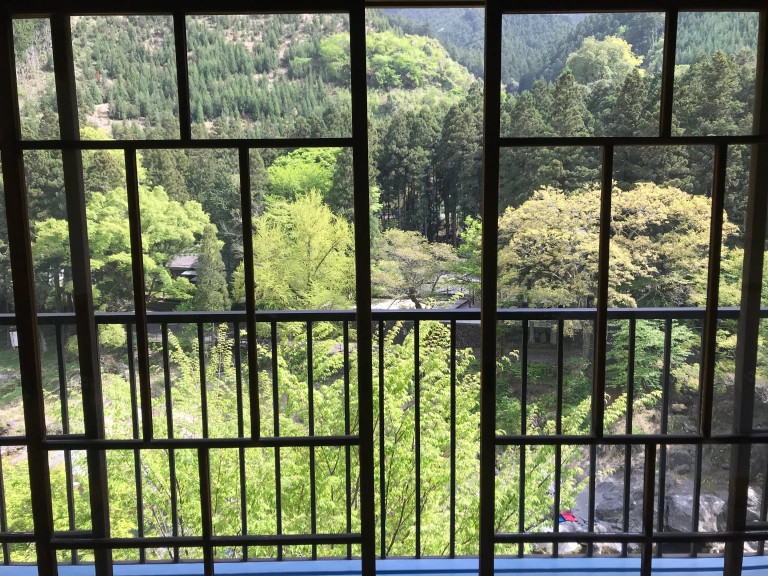
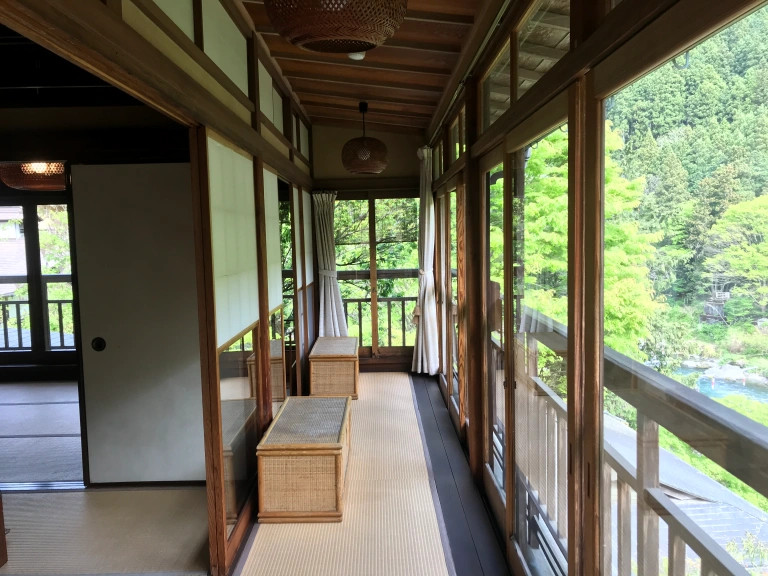
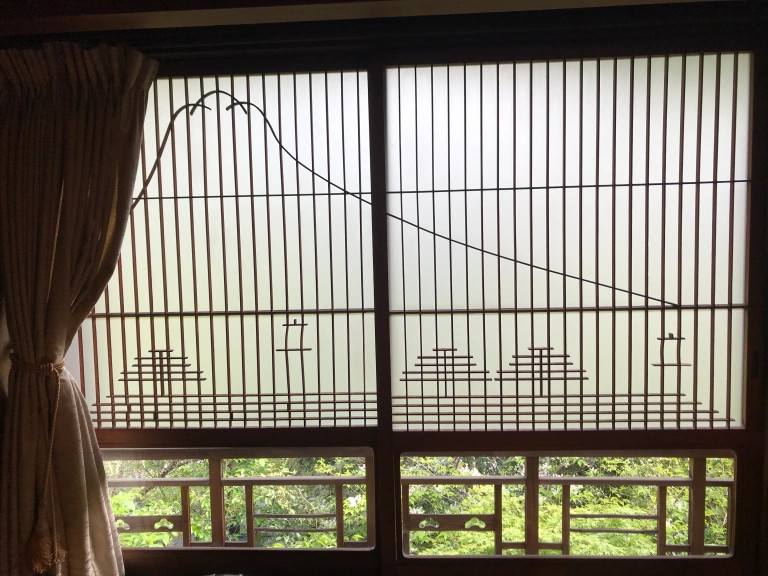
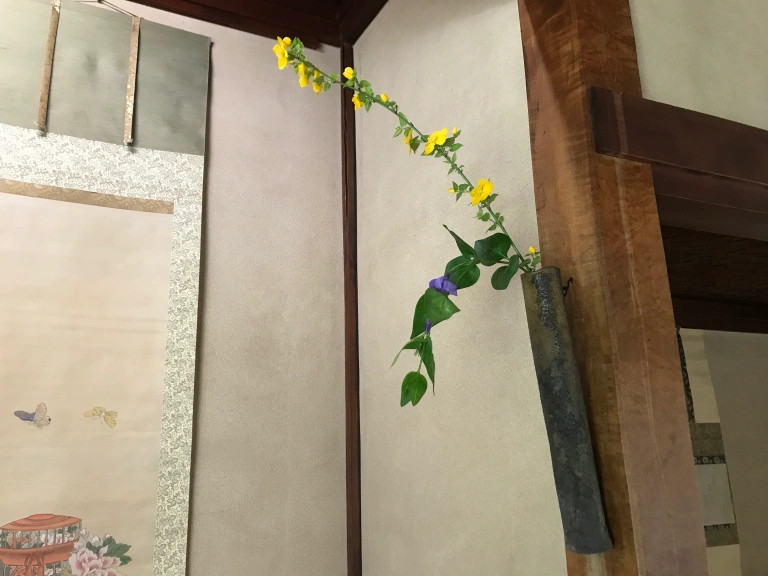

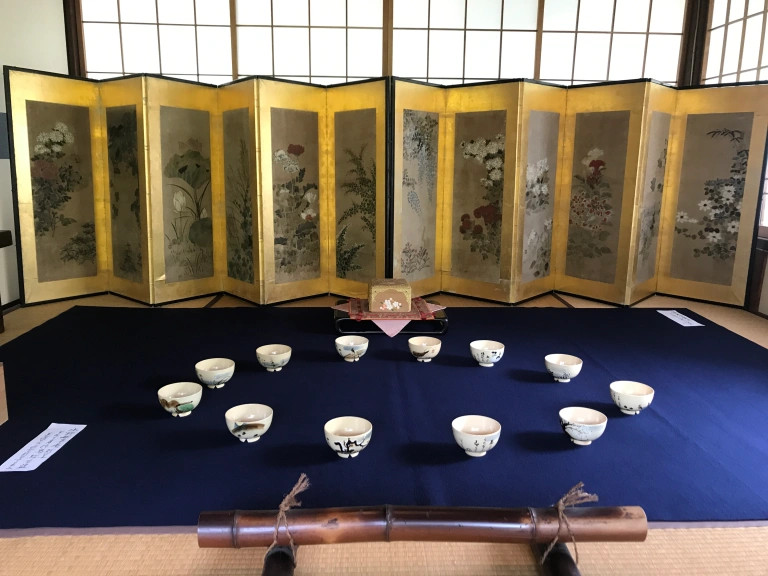



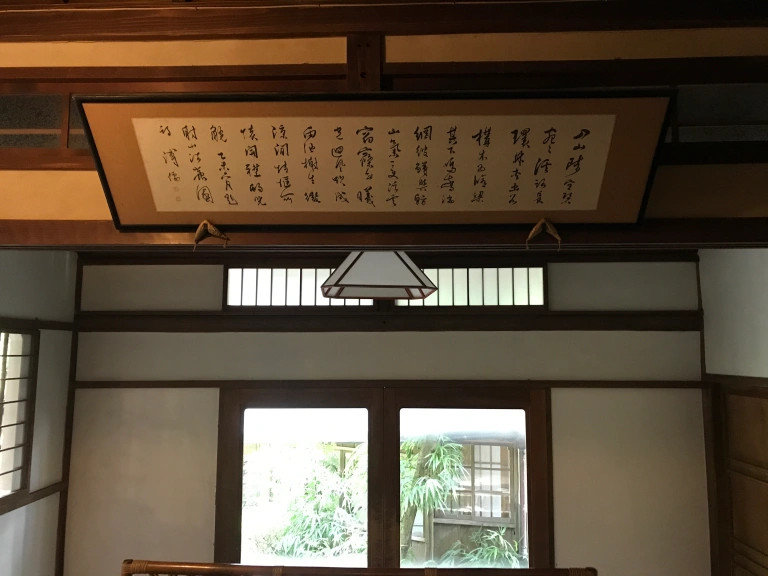
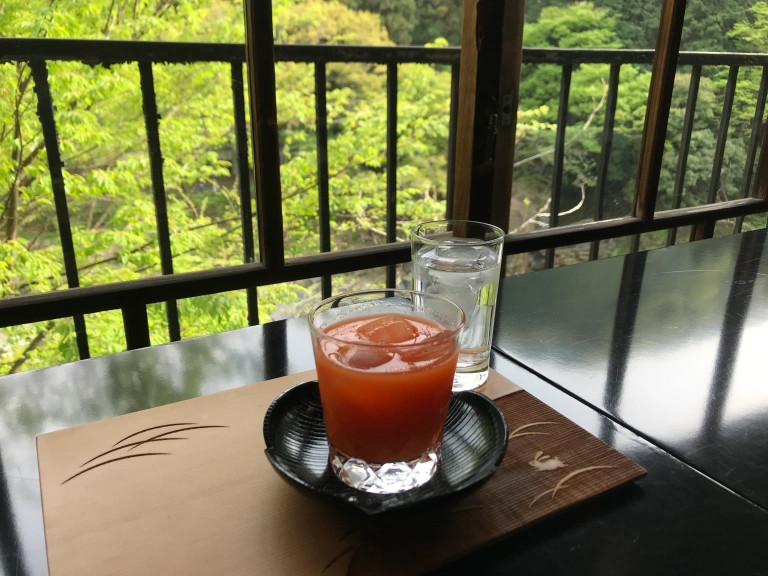
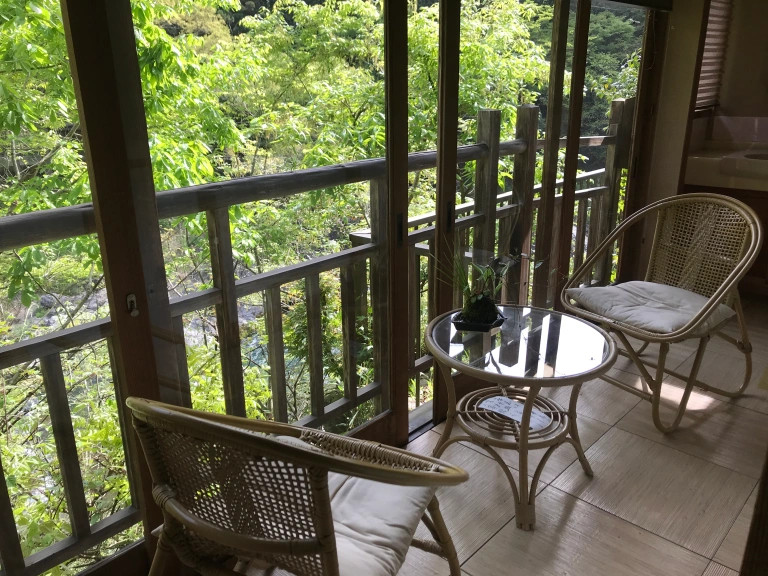
 We retreat for a day of rejuvenation at Green Hill Yatsugatake recreation facility in Yamanashi
We retreat for a day of rejuvenation at Green Hill Yatsugatake recreation facility in Yamanashi Do Tokyo’s Reversible Destiny Lofts really hold the power to reverse your destiny?
Do Tokyo’s Reversible Destiny Lofts really hold the power to reverse your destiny? Hayao Miyazaki says Happy New Year to Studio Ghibli fans with new art for Year of the Horse
Hayao Miyazaki says Happy New Year to Studio Ghibli fans with new art for Year of the Horse Japan’s first hotel with a human washing machine is now ready for you to come and bathe in it
Japan’s first hotel with a human washing machine is now ready for you to come and bathe in it We found possibly the quietest Japanese-style hotel in Tokyo’s bustling Shinjuku district
We found possibly the quietest Japanese-style hotel in Tokyo’s bustling Shinjuku district Taste the world this summer with Pretz versions of international food favorites
Taste the world this summer with Pretz versions of international food favorites Professional manga artist creates stunning pop-up style artwork with just pencil & paper
Professional manga artist creates stunning pop-up style artwork with just pencil & paper Harajuku’s new permanent Tamagotchi shop is filled with cuteness and a surprising lack of poop
Harajuku’s new permanent Tamagotchi shop is filled with cuteness and a surprising lack of poop Evangelion sleeping bag Entry Plug is the best place to spend the winter【Photos】
Evangelion sleeping bag Entry Plug is the best place to spend the winter【Photos】 Digital resurrection after death? 63 percent of Japanese and American survey participants say nah
Digital resurrection after death? 63 percent of Japanese and American survey participants say nah Mop dogs are here to clean your floors with their furry bodies
Mop dogs are here to clean your floors with their furry bodies Japan’s knife-crafting master is back with razor-sharp blades made from…pasta?!?【Video】
Japan’s knife-crafting master is back with razor-sharp blades made from…pasta?!?【Video】 Starbucks Japan ready to get Year of the Horse started with adorable drinkware and plushies【Pics】
Starbucks Japan ready to get Year of the Horse started with adorable drinkware and plushies【Pics】 7-Eleven Japan’s ramen-cooking robot whipped us up a bowl of noodles【Taste test】
7-Eleven Japan’s ramen-cooking robot whipped us up a bowl of noodles【Taste test】 Cyberpunk anime meets traditional culture in Ghost in the Shell gold leaf Japanese changing screens
Cyberpunk anime meets traditional culture in Ghost in the Shell gold leaf Japanese changing screens 7 great places to see Mt. Fuji from without having to climb it
7 great places to see Mt. Fuji from without having to climb it Hello Kitty Choco Egg figures are an adorable trip through three periods of Japanese pop culture【Pics】
Hello Kitty Choco Egg figures are an adorable trip through three periods of Japanese pop culture【Pics】 Japan’s otoshidama tradition of giving kids money at New Year’s gets a social welfare upgrade
Japan’s otoshidama tradition of giving kids money at New Year’s gets a social welfare upgrade Lacquerware supplier to emperor of Japan and Pokémon team up for new tableware
Lacquerware supplier to emperor of Japan and Pokémon team up for new tableware Sumo Sanrio! Hello Kitty and pals team up with Japan Sumo Association for new merch【Pics】
Sumo Sanrio! Hello Kitty and pals team up with Japan Sumo Association for new merch【Pics】 Can a dirty butthole make you filthy rich in Japan? We’re starting a New Year’s lottery experiment
Can a dirty butthole make you filthy rich in Japan? We’re starting a New Year’s lottery experiment 7-Eleven Japan starts new temporary luggage storage service in over 300 branches
7-Eleven Japan starts new temporary luggage storage service in over 300 branches Disillusionment at Tsukiji’s tourist-target prices led us to a great ramen restaurant in Tokyo
Disillusionment at Tsukiji’s tourist-target prices led us to a great ramen restaurant in Tokyo Starbucks teams up with 166-year-old Kyoto doll maker for Year of the Horse decorations【Photos】
Starbucks teams up with 166-year-old Kyoto doll maker for Year of the Horse decorations【Photos】 Tokyo considering law requiring more trash cans following litter increase in heavily touristed area
Tokyo considering law requiring more trash cans following litter increase in heavily touristed area Tokyo’s Tsukiji sushi neighborhood asks tour groups to stay away for the rest of the month
Tokyo’s Tsukiji sushi neighborhood asks tour groups to stay away for the rest of the month Nintendo’s Kirby now delivering orders at Kura Sushi restaurants, but not in Japan
Nintendo’s Kirby now delivering orders at Kura Sushi restaurants, but not in Japan Tokyo event lets you travel back in time, for free, to celebrate 100 years since Showa era start
Tokyo event lets you travel back in time, for free, to celebrate 100 years since Showa era start Sanrio theme park in Japan announces plans to expand into a Sanrio resort
Sanrio theme park in Japan announces plans to expand into a Sanrio resort Japan may add Japanese language proficiency, lifestyle classes to permanent foreign resident requirements
Japan may add Japanese language proficiency, lifestyle classes to permanent foreign resident requirements Survey asks foreign tourists what bothered them in Japan, more than half gave same answer
Survey asks foreign tourists what bothered them in Japan, more than half gave same answer Japan’s human washing machines will go on sale to general public, demos to be held in Tokyo
Japan’s human washing machines will go on sale to general public, demos to be held in Tokyo Japan’s deadliest food claims more victims, but why do people keep eating it for New Year’s?
Japan’s deadliest food claims more victims, but why do people keep eating it for New Year’s? We deeply regret going into this tunnel on our walk in the mountains of Japan
We deeply regret going into this tunnel on our walk in the mountains of Japan Studio Ghibli releases Kodama forest spirits from Princess Mononoke to light up your home
Studio Ghibli releases Kodama forest spirits from Princess Mononoke to light up your home Major Japanese hotel chain says reservations via overseas booking sites may not be valid
Major Japanese hotel chain says reservations via overseas booking sites may not be valid Put sesame oil in your coffee? Japanese maker says it’s the best way to start your day【Taste test】
Put sesame oil in your coffee? Japanese maker says it’s the best way to start your day【Taste test】 No more using real katana for tourism activities, Japan’s National Police Agency says
No more using real katana for tourism activities, Japan’s National Police Agency says Starbucks Japan reveals new sakura drinkware collection, inspired by evening cherry blossoms
Starbucks Japan reveals new sakura drinkware collection, inspired by evening cherry blossoms Updated cherry blossom forecast shows extra-long sakura season for Japan this year
Updated cherry blossom forecast shows extra-long sakura season for Japan this year
Leave a Reply